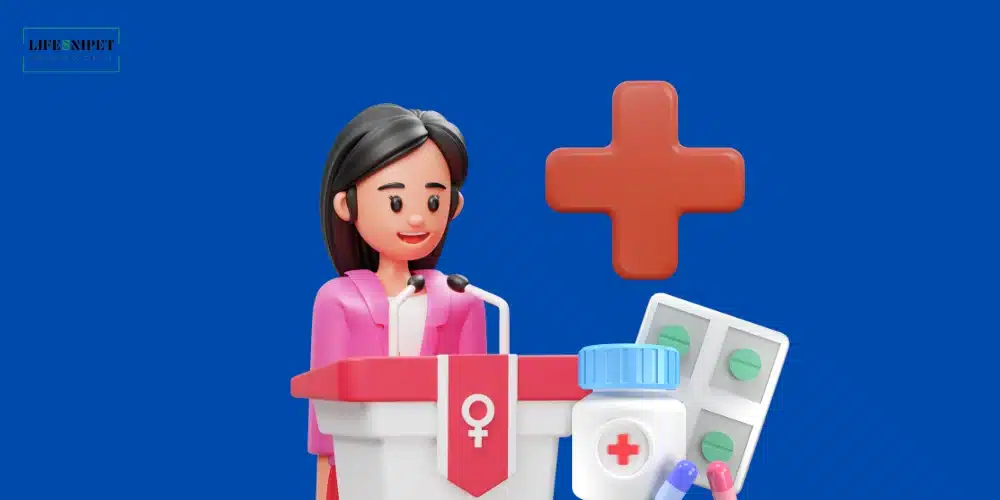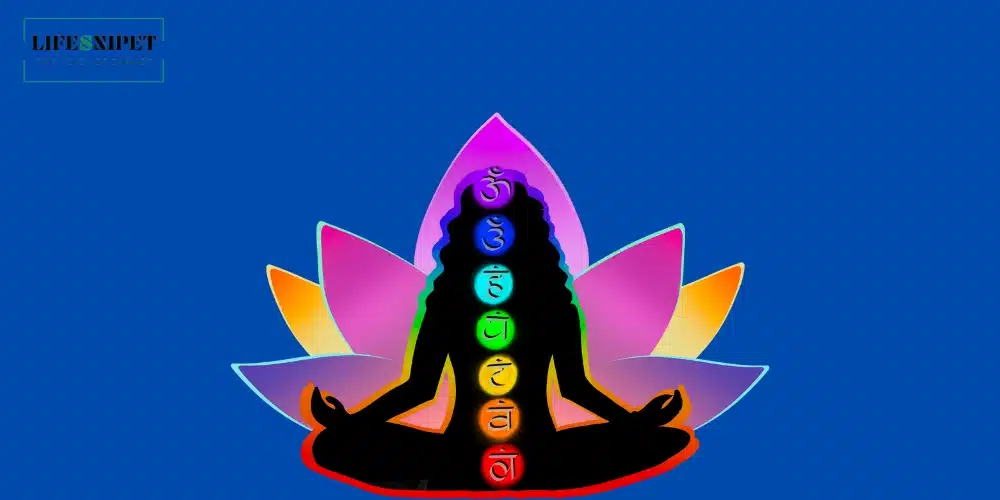Chronic pain is a debilitating condition that affects millions of people worldwide. Unlike temporary acute pain, which is a warning sign of injury or illness, chronic pain persists for weeks, months, or even years. It can significantly impact a person’s quality of life, making it difficult to perform daily activities and enjoy leisurely pursuits. Chronic pain can be caused by a variety of factors, including underlying medical conditions, injuries, or nerve damage. Understanding the causes, symptoms, and treatment options for chronic pain is essential to manage and alleviate this condition effectively.
Understanding the causes of chronic pain
Chronic pain can originate from various sources. It can be a result of an injury, such as a sprained muscle or a broken bone, that fails to heal properly. Underlying medical conditions, such as arthritis, fibromyalgia, or cancer, can also contribute to chronic pain. Nerve damage or malfunctioning nerves, known as neuropathic pain, can be another cause. Additionally, chronic pain may be the result of psychological factors, such as stress, anxiety, or depression, which can amplify pain perception. Identifying the root cause of chronic pain is crucial in developing an effective treatment plan.
Common symptoms of chronic pain
The symptoms of chronic pain can vary widely depending on the underlying cause and individual factors. However, some common symptoms include persistent pain that lasts for three months or longer, aching or burning sensations, sharp or shooting pain, stiffness or soreness in muscles or joints, fatigue, and difficulty sleeping. Chronic pain can also affect mental and emotional well-being, leading to mood swings, irritability, and decreased concentration. It is important to note that chronic pain is a subjective experience, and individuals may have different pain tolerances and coping mechanisms.
Diagnosing chronic pain
Diagnosing chronic pain involves a comprehensive evaluation of the patient’s medical history, physical examination, and possibly additional tests. The healthcare provider will inquire about the duration, location, and intensity of the pain, as well as any triggering factors or alleviating measures. They may also ask about the impact of pain on daily activities and quality of life. Physical examinations may involve assessing range of motion, muscle strength, and reflexes. To further investigate the underlying cause, imaging tests, such as X-rays, MRIs, or CT scans, may be ordered. In some cases, nerve conduction studies or diagnostic injections may be performed to pinpoint the specific cause of pain.
Treatment options for chronic pain
There is no one-size-fits-all approach to treating chronic pain, as the optimal treatment plan depends on the underlying cause, severity of pain, and individual factors. The goal of treatment is to reduce pain, improve functionality, and enhance overall quality of life. Treatment options for chronic pain may include a combination of medications, physical therapy, alternative therapies, lifestyle changes, and coping strategies.
Medications for managing chronic pain
Medications play a crucial role in managing chronic pain. Over-the-counter pain relievers, such as nonsteroidal anti-inflammatory drugs (NSAIDs) like ibuprofen or acetaminophen, may be effective for mild to moderate pain. For more severe pain, opioids may be prescribed, but their use should be closely monitored due to the risk of dependence and addiction. Other medications, such as antidepressants or anticonvulsants, may be prescribed for chronic pain with a neuropathic component. It is important to work closely with a healthcare provider to find the most appropriate medication and dosage for individual needs.
Physical therapy and exercise for chronic pain relief
Physical therapy and exercise can be valuable tools in managing chronic pain. A physical therapist can design a personalized exercise program to improve strength, flexibility, and overall physical function. The exercises may include stretching, aerobic activities, and strength training. Additionally, physical therapists may use techniques such as heat or cold therapy, ultrasound, or electrical stimulation to alleviate pain and promote healing. Regular physical activity can also release endorphins, the body’s natural painkillers, which can provide long-term pain relief.
Alternative therapies for chronic pain
In addition to traditional medical treatments, alternative therapies can offer relief for chronic pain. These therapies may include acupuncture, massage, chiropractic care, or herbal supplements. Acupuncture involves the insertion of thin needles into specific points on the body to stimulate natural pain-relieving mechanisms. Massage therapy can help relax muscles, improve circulation, and reduce pain perception. Chiropractic care focuses on the alignment of the spine and musculoskeletal system to alleviate pain. Herbal supplements, such as turmeric or ginger, may have anti-inflammatory properties that can reduce pain and inflammation.
Lifestyle changes to manage chronic pain
Making certain lifestyle changes can significantly improve the management of chronic pain. Maintaining a healthy weight can alleviate stress on joints and reduce pain associated with conditions such as arthritis. Incorporating a balanced diet rich in fruits, vegetables, whole grains, and lean proteins can provide essential nutrients for tissue repair and overall well-being. Engaging in stress management techniques, such as meditation, deep breathing exercises, or yoga, can help reduce pain perception and promote relaxation. Additionally, getting adequate sleep, avoiding smoking and excessive alcohol consumption, and practicing good ergonomics can all contribute to better pain management.
Coping strategies for living with chronic pain
Living with chronic pain can be challenging both physically and emotionally. Developing effective coping strategies can help individuals better manage their pain and improve their overall well-being. Engaging in activities that bring joy and purpose, such as hobbies or spending time with loved ones, can distract from pain and provide a sense of fulfillment. Learning relaxation techniques, such as progressive muscle relaxation or guided imagery, can help reduce pain and promote a sense of calm. Seeking support from friends, family, or support groups can also provide emotional support and understanding.
Seeking support for chronic pain management
Managing chronic pain can be a complex and ongoing process, and seeking support is essential. Healthcare providers, such as pain specialists or physiatrists, can offer expertise and guidance in developing an effective treatment plan. They may recommend additional therapies, such as cognitive-behavioral therapy or pain management programs, to address the psychological and emotional aspects of chronic pain. Support groups or online communities can connect individuals with others who are experiencing similar challenges and provide a sense of belonging and understanding. It is important to reach out for support and not face chronic pain alone.
Conclusion
Chronic pain is a persistent condition that can have a profound impact on a person’s life. By understanding the causes, symptoms, and available treatment options, individuals can take proactive steps toward managing their pain and improving their quality of life. Working closely with healthcare providers, exploring various treatment modalities, and developing effective coping strategies are crucial. With the right support and a comprehensive approach, individuals with chronic pain can find relief and regain control over their lives.
FAQs
Q: How long does chronic pain last?
A: Chronic pain is defined as persistent for three months or longer. However, some individuals may experience chronic pain for years or even a lifetime.
Q: What are some common underlying medical conditions that cause chronic pain?
A: Common underlying medical conditions associated with chronic pain include arthritis, fibromyalgia, cancer, and neuropathic disorders.
Q: Are opioids the only medication option for managing chronic pain?
A: No, opioids are just one of the medication options for managing chronic pain. Nonsteroidal anti-inflammatory drugs (NSAIDs), antidepressants, and anticonvulsants are also commonly used depending on the specific cause and type of chronic pain.
Q: Can alternative therapies eliminate chronic pain?
A: Alternative therapies can provide significant relief for chronic pain, but individual results may vary. It is important to consult with a healthcare provider and explore various options to find the most effective approach for each individual.
Q: How can I find support for managing chronic pain?
A: Support can be found through healthcare providers, support groups, or online communities dedicated to chronic pain management. Connecting with others who understand the challenges of chronic pain can provide valuable support and guidance.

Welcome to LifeSnipet! At LifeSnipet, we’re your ultimate source for the latest health updates. Specializing in health and fitness-related diseases, we delve deep into Ayurvedic techniques, providing you with a comprehensive understanding of well-being. Explore our real-time updates, detailed articles, and ancient Ayurvedic wisdom for a holistic approach to health. Embark on a journey to a healthier, vibrant life with LifeSnipet – where your well-being is our priority!











